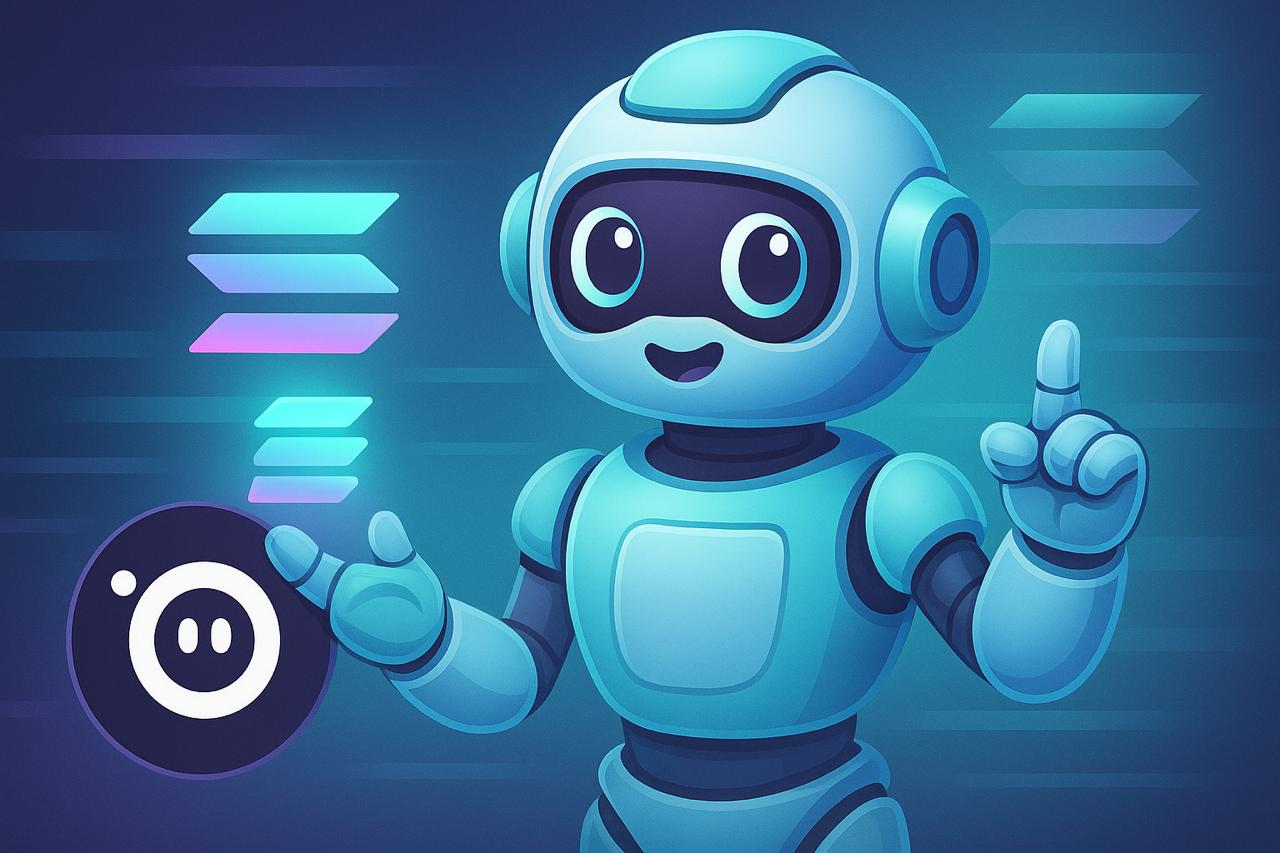When AI Meets Childhood: Building Safe Spaces for Our Young Ones
Why Child Safety in AI Matters
Imagine a child chatting with a friendly AI assistant about homework, or asking it how to draw a unicorn. Sounds harmless, right? But behind that innocent exchange sits a larger question: how safe is the world of artificial intelligence for our kids? As AI chatbots and applications become everyday tools—even mirrors of conversation for children—it falls on developers, parents, and educators to ensure those tools are safe, ethical, and designed with children in mind. A recent review found that although many ethical guidelines for AI exist, few are tailored specifically to children’s needs.
The Risks and Real-World Scenarios
Here’s where things start to get serious: what happens when the safeguards aren’t strong enough? One key risk is exposure—to inappropriate content, to biased or unfair recommendations, to advice that wasn’t intended for a young mind. For example, some sources highlight how AI can be misused to create harmful content involving minors, or how it can shape a child’s decisions without their full awareness.
Another major concern is privacy and data — children’s information is uniquely sensitive, and using it in AI systems without careful oversight can lead to unexpected harm.
Picture a chatbot that encourages a kid to make risky decisions because it mis-interprets their input—or a recommendation engine that filters out certain learning styles because of biased data. These aren’t just sci-fi premises—they reflect real challenges in how we build and deploy AI systems that interact with children.
What Are Developers Trying to Do?
Good news: the industry is starting to wake up. Developers are adopting frameworks like “Child Rights by Design” which essentially embed children’s rights—privacy, safety, inclusion—from the ground up in product design. Some steps include:
- Age-appropriate content filters and moderation tools.
- Transparency and explanations: making it clear when the “friend” you’re chatting to is a machine.
- Data minimisation: collecting only what’s strictly needed, storing it securely and deleting it when it’s no longer useful. \n Still, these strategies have limitations—many AI systems were built with adult users in mind, and retrofitting them to suit children introduces new challenges.
The Role of Oversight and Ethics
It’s not enough for tech companies to say “trust us.” External oversight is critical because children are vulnerable in specific ways—they may not recognise when something is inappropriate, may trust a chatbot more readily, and may lack the experience to protect themselves online. Ethical guidelines emphasise fairness (no biased outcomes), privacy, transparency, and safety in ways that are meaningful for children. \n For example:
- There needs to be accountability when a system fails.
- Children’s voices should be included: they must be considered not just as users but as stakeholders in how AI is designed for them.
- Regulation should encourage innovation and protect kids from exploitation or unintended harm.
Building a Safer AI Future for Kids
AI can be a wonderful tool for children—boosting learning, offering support, sparking creativity—but only if built and managed responsibly. For parents, developers, and educators alike, the mantra should be: design with children first, safeguard always, iterate constantly. Success will depend on collaboration—tech teams, child-safety experts, educators, and families working together to make sure the AI experiences children have are not just cool or clever, but safe and respectful. \n When we build that kind of future, children can benefit from AIwithout being exposed to its hidden dangers—and we can genuinely feel confident handing them those digital tools.
\
You May Also Like

SOL Volume Bot: Understanding Automated Liquidity and Market Activity on Solana

Wormhole launches reserve tying protocol revenue to token
